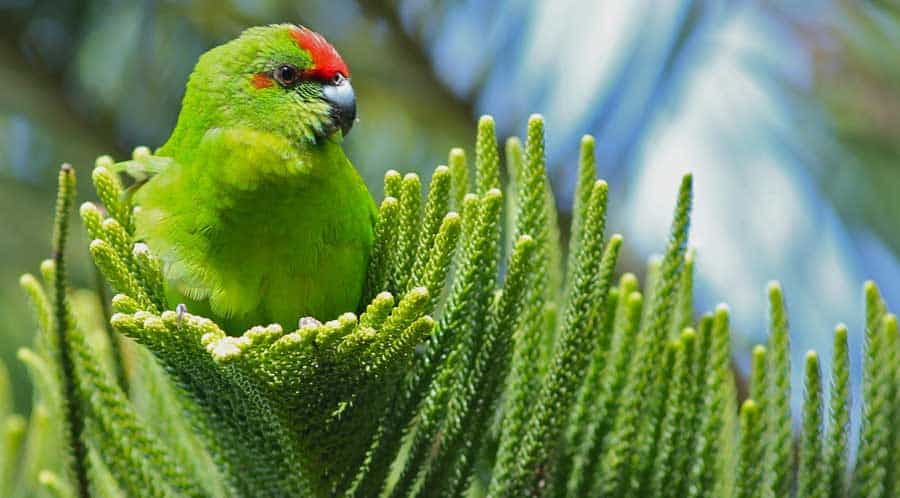A glimpse of the future
On Christmas Island yellow crazy ants have already created an ecosystem collapse by wiping out more than 15 million native crabs and damaging forests by encouraging sugar secreting scale insects and sooty moulds. Near Cairns the acid spraying yellow crazy ants have swarmed people and pets and attacked their eyes with acid.
Red imported fire ants, currently the focus of a massive eradication project in Queensland, are a major threat to human lives and the natural environment. They have very painful bites and can kill wildlife and damage crops, roads and electrical equipment. Once in large numbers they can even kill people, as has been seen overseas with over 80 deaths in southern USA so far.
Unless action is taken soon to eradicate a new invasion of Argentine ants on Norfolk Island, scientists predict a decimation of most of the island’s insects, including pollinators, damage to vegetation and flow on effects to the rest of the food web.
What needs to happen?
Firstly, we need to stop these ants arriving – good biosecurity is not cheap, but it is much cheaper than the consequences. Secondly Australia needs to properly resource programs to eradicate the invasive ants that have already arrived. The alternative is a future of widespread environmental damage and endless toxic baiting around school grounds, parks and gardens and homes that would otherwise become unusable.
We still have the opportunity to eradicate most of these invasive ants and that investment will be far cheaper than the cost and pain of living with these ants in the future.
We need your help
We were instrumental in convincing governments across Australia to support the national fire ant eradication program and to secure funds to eradicate yellow grant ants in the Cairns area from threatening the Wet Tropics world heritage area. We are working closely with the Townsville City Council in the battle against yellow crazy ants in Queensland’s north.
Please consider making a donation to help us continue our work of putting pressure our governments to act on invasive ants.
Most ant invasions have been found by ordinary people who saw something unusual and reported it. If you think you may have seen invasive ants report them. In Queensland call Biosecurity Queensland on 13 25 23. Outside of Queensland call the National Exotic Pest Hotline on 1800 884 881.








